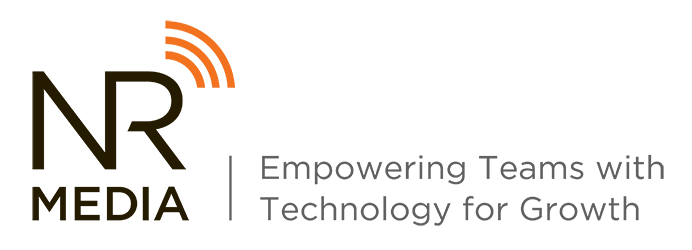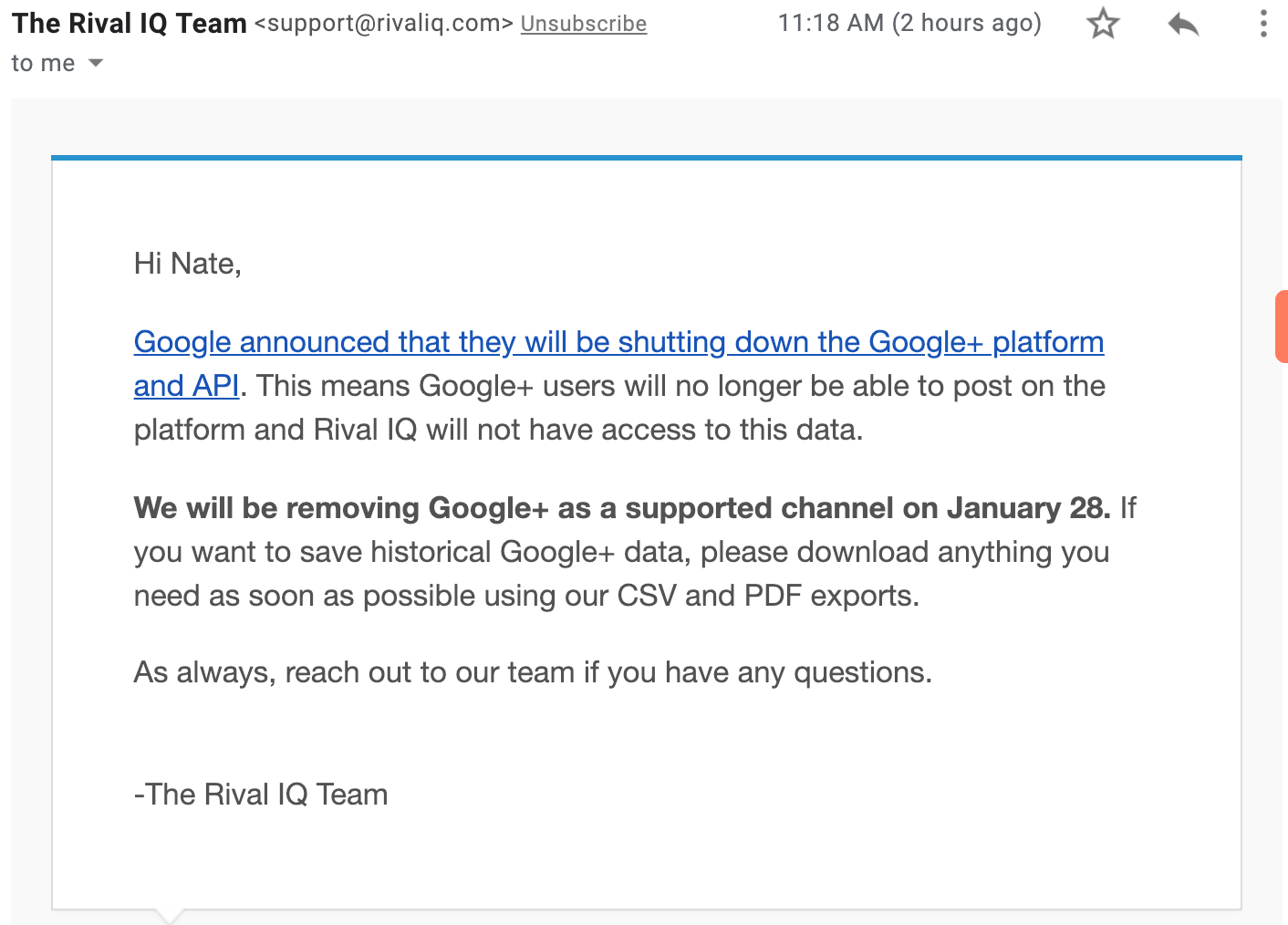We seem to have been trained to lump all social media into the bucket of marketing and external communication. Why is that?
I believe that our gravitation towards looking at social media (SM) as only a new set of marketing tools has been largely driven by advertising and marketing agency's quick adoption of them. Their inrerest, largely driven by potential revenue streams to replace what is no longer working as well as before (like television, for instance), has shifted our paradigm accordingly.
Social platforms can be used in so many different ways. Figure out how it is changing civic engagement.
For this conversation, let's shift the paradigm in a new direction. Will you stand with me while we look at things from the inside out?
What about organizational communication? If SM is essentially a set of new communication tools where sending AND receiving messages is of high importance, where else can we apply the technology? Even more important, what are the outcomes we should be focused on if we are to use SM inside our organizations? How can we be better communicators through this technology?
Speaking of Outcomes
I have to give a hat tip to Jason Baer. I stumbled across him via Twitter back in January and since that time, he's become a key influencer in how I see the SM landscape. The rest of this post was heavily influenced by his post and model discussing 5 Ways to Use Social Media (externally). Jason is recommending that marketers (external communicators) stay focused on an outcome-driven approach to using SM, rather than on the luster of the shiny technology tools. He goes as far as to argue that the term "social media" has become almost meaningless. I agree with him, and recommend that you go back to that link and check out his model.
This is what I believe is the other half of the equation.
7 Outcomes of Organizational Communication & Social Media
How do the people inside your company communicate? Is it working as well as it should be?
Based on Jay's thinking about how SM can be applied externally, I've started developing my own outcome-based model related to internal and organizational communication. This is a work in progress and should be considered a draft. That said, feel free to let me know what you think I'm missing or what you would change in the comments. Okay?
1. Information Flow & Decision Making
Traditionally, and especially in more corporate environment, communication flows from the top down. This thinking goes as far back as militaristic organizations do. Decisions are made by the top level, then passed downward through the hierarchy and ideally implemented from lower levels in the organization via middle managers and rank-and-file teams. Google is an example of an organization that has taken certain aspects of this model and flipped it upside down to create an environment of innovation by increasing the ability for communication and information to flow upward in an efficient, effective manner.
Readily available SM tools (like Facebook and blogs, for instance), when used to facilitate internal conversations between the C-level with middle managers and rank-and-file employees, create an environment where information can be shared faster and more efficiently. Quicker access to information flowing up from the ground floor of large organizations can alter top down-decisions and, in turn, reduce the cost of having to change direction mid-stream.
2. Promoting Internal Transparency
While it may not be true in all cases, I'll argue that a growing number of employees want to know what's going on in their organizations. Having the ability to understand why decisions are made is just as important to internal audiences as external audiences. To couple that, humans have a a desire to connect with there affinity groups and have input on decisions that may ultimately effect their work environment. Using SM tools to create internal transparency, context and understanding around organizational decisions can result in greater satisfaction, trust in and connectedness to organizational leadership.
3. Reducing Communication Breakdown
One key advantage to using social networks and SM as internal communication tools is creating visibility to information on a one-to-many platform. Information shared does not exist in a vacuum, but rather in a sort of living and searchable FAQ format. Organizations should consider how these tools can be used to keep information in a centralized bucket where multiple users have access 24/7. Doing so with the right strategy and user policy in place can help to reduce the amount of information that falls through the cracks. I believe that this is especially applicable in the areas of training and development for rank-and-file employees.
4. Visualizing Organizational Culture
One of our core goals in working with my client Incept is to increase employee retention and subsequently reduce training costs associated with teaching a new hire how to be a conversational marketing expert (CME). We're currently using their company Facebook page to increase employee engagement and strengthen the sense of belonging in regards to the Incept's brand values and mission. The Facebook page is creating more opportunities for what organizational communication folks call "conversations at the water cooler," while doubling as a very genuine lens into how the CME's at Incept interact, support each other and build relationships with their coworkers. Targeted Facebook Ads are being used to drive potential candidates who might be looking for a new career direction into that conversation.
5. Employee Retention & Recruitment
Going back to Chris Penn's idea of the the ROI Black Box, money comes in and money goes out. Significant dollars are spent across the board to recruit and train new employees. SM can be used by employees throughout the organization to bring on new talent, if they are provided with a centralized and visible platform that makes it easy for those interactions and referrals to be made. Retention is very much related to bullets 1-3 in that informed employees who feel a sense of trust and belonging for the organization in which they work, tend to want to stay on board if factors like pay, location and opportunities for self-actualization are on par with their personal objectives. Higher employee retention rates typically result in lower training costs.
6. Reduction of Communication Noise
In the 1980s, email was piloted on internal company servers as a way to make it easier for coworkers to share information and communicate. In the mid 1990s, email gained popularity as a key communication tool in organization and shortly after for personal use. Yet along with all the advantages that email creates, also comes significant overload and stress. Consider this for a moment: as you read this, how many unanswered emails currently sit in queue in your inbox? How many of them come from people within your building? Get the picture? What was once a much more efficient means of communicating has morphed into a time suck.
A variety of SM tools have been under development with one of the main objectives being to reduce the amount of internal email communication that clutters in boxes. While I'm not at all advocating that email will eventually be abandoned, tools like Yammer and SocialCast are starting to open new opportunities for employees to not only communicate, but also gain analytical data on where inefficiencies and breakdowns might exist. My gut tells me that internal communication tools such as these will gain even more traction over the next few years.
7. Communicating Across Boundaries
Many organizations have multiple offices that sometimes span timezones. This can be as simple as having multiple locations in one city or as challenging as having locations across the globe. One of the key advantages to any web-based communication tool, SM or not, is the ability to literally obliterate physical boundaries in a very efficient way. Some organizations have already adopted chat as a means to an end, yet chat is primarily a one-to-one focused technology. Taking a similar view of social platforms and training internal teams to use those tools in a similar way will open the doors to new communication flow processes and could significantly impact travel and telecommunication budgets.
Again, this is a work in progress. What's your take?




